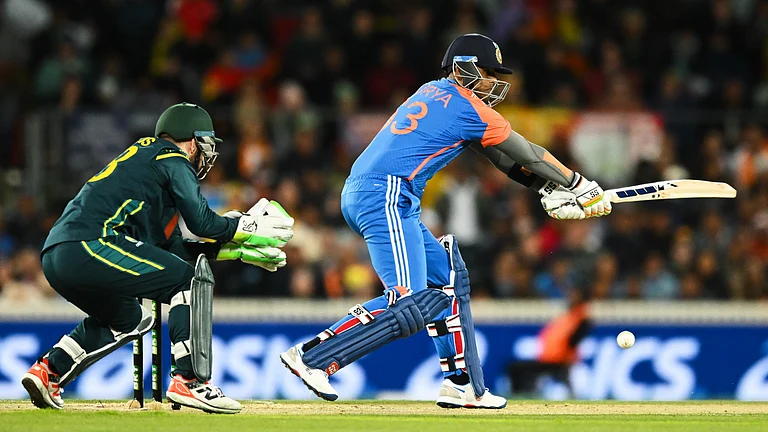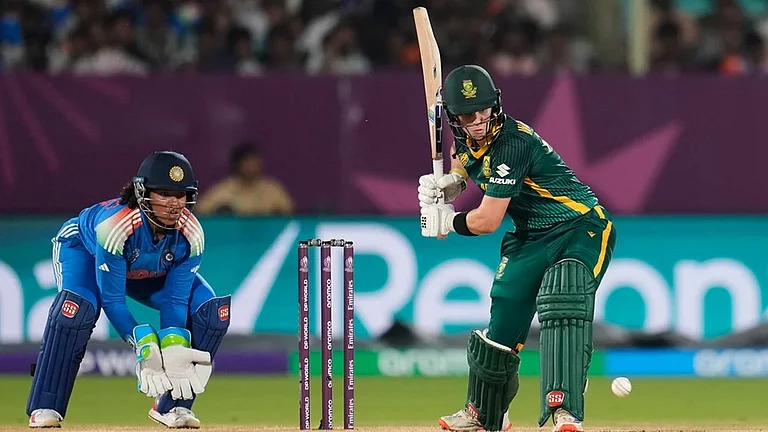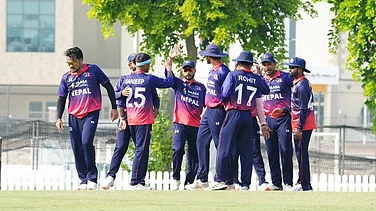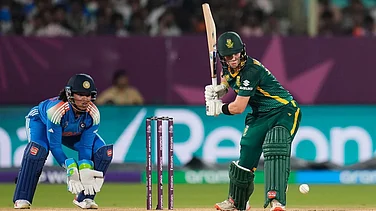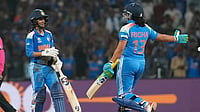India are 2-0 up in the three-match ODI series against Australia going into the third and final ODI in Rajkot on Wednesday. In the second ODI, centurions Shreyas Iyer and Shubman Gill made the news in their team's 99-run win (DLS) over Australia in Indore. However, the Men In Blue bowlers were precise with their line and lengths and made use of the conditions on offer to dismiss the Aussie batters cheaply. Moreover, it was Ravichandran Ashwin who scalped three wickets in India's 99-run win over Australia. Ashwin, who was part of the 2011 ODI World Cup winning side, hasn't featured in the 50-over format for a long time but made a strong case for his inclusiong with his steely performance against the Aussies. (Streaming | More Cricket News)
The Chennai-born spinner went to 144 scalps against Australia in international cricket. This record was earlier held by ace spinner Anil Kumble who had 142 wickets against the Oz. Now, Ashwin has surpassed that record with most wickets for an Indian against a single opponent in international cricket.
With Ashwin and Kumble, following them in the list are Kapil Dev (141 vs Pakistan), Kumble (135 vs Pakistan), and Kapil (132 vs West Indies).
In the second ODI, centurions Shreyas Iyer and Shubman Gill made the news in their team's 99-run win (DLS) over Australia in Indore. However, the Men In Blue bowlers were precise with their line and lengths and made use of the conditions on offer to dismiss the Aussie batters cheaply.
While Prasidh Krishna dismissed Matt Short and skipper Steve Smith in consecutive deliveries, it was Ravichandran Ashwin's three-wicket haul that inched India towards victory in the rain-affected game.
Australia were originally set to chase 400 but after rains interrupted, DLS method changed the target to 317 with 33 overs of play required. The visitors were 56/2 in 9 overs and were looking ominous with David Warner and Marnus Labuschagne in the middle.
However, Ashwin used all of his experience as he used slight variation on his trademark 'carrom ball' to send back Labuschagne.
In the video posted by the BCCI on it's website, Ashwin said he wanted to keep changing the pace against the Aussie batter as the latter was often looking to playing different versions of sweep shots against the offie.
“I wanted to keep the length perfectly, in terms of trying to keep it away from the batter and also change pace,” said Ashwin.
“I felt they were not picking it off the hand that very well. So maybe that angle that I’m creating and the change of grip - I’m using my third finger to bowl the carrom ball and the off-break - maybe, hopefully, it will hold me in good stead,” he said
Ashwin is one of the most senior player in the team along with the Rohit Sharma and Virat Kohli. A veteran of 94 Tests, 115 ODIs and 65 T20Is, Ashwin said that he angles and grips that he used in the second ODI, perhaps he could have used them earlier in his career.
“I worked a little bit with Sairaj (Bahutule) at NCA. Working on different angles and slightly different grips. I asked him to watch from front and back, we worked on it for three-four days. For how much ever cricket I have played over the years, should have done this a long time ago. But I am doing it now at least. So I am glad," he said.
“It is something that I have been working on and wanting to do it, because when I go into this sort of a carrom ball, slider ball, the angles are pretty similar, the lines and the release points are very similar. So I wanted to bring both edges into play, which I was able to do. It has been in the offing for a while and I’m glad I was able to execute,” he said.








